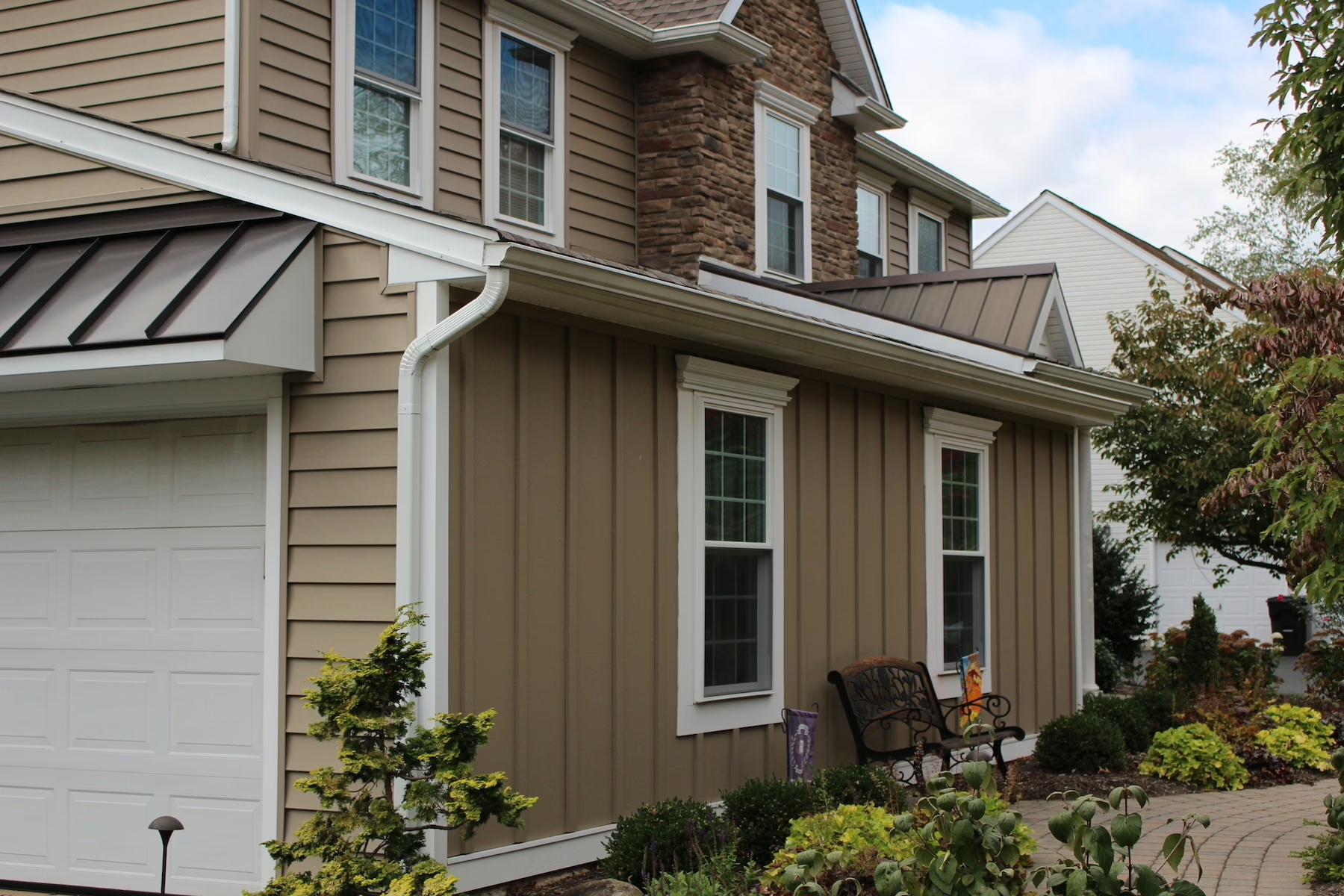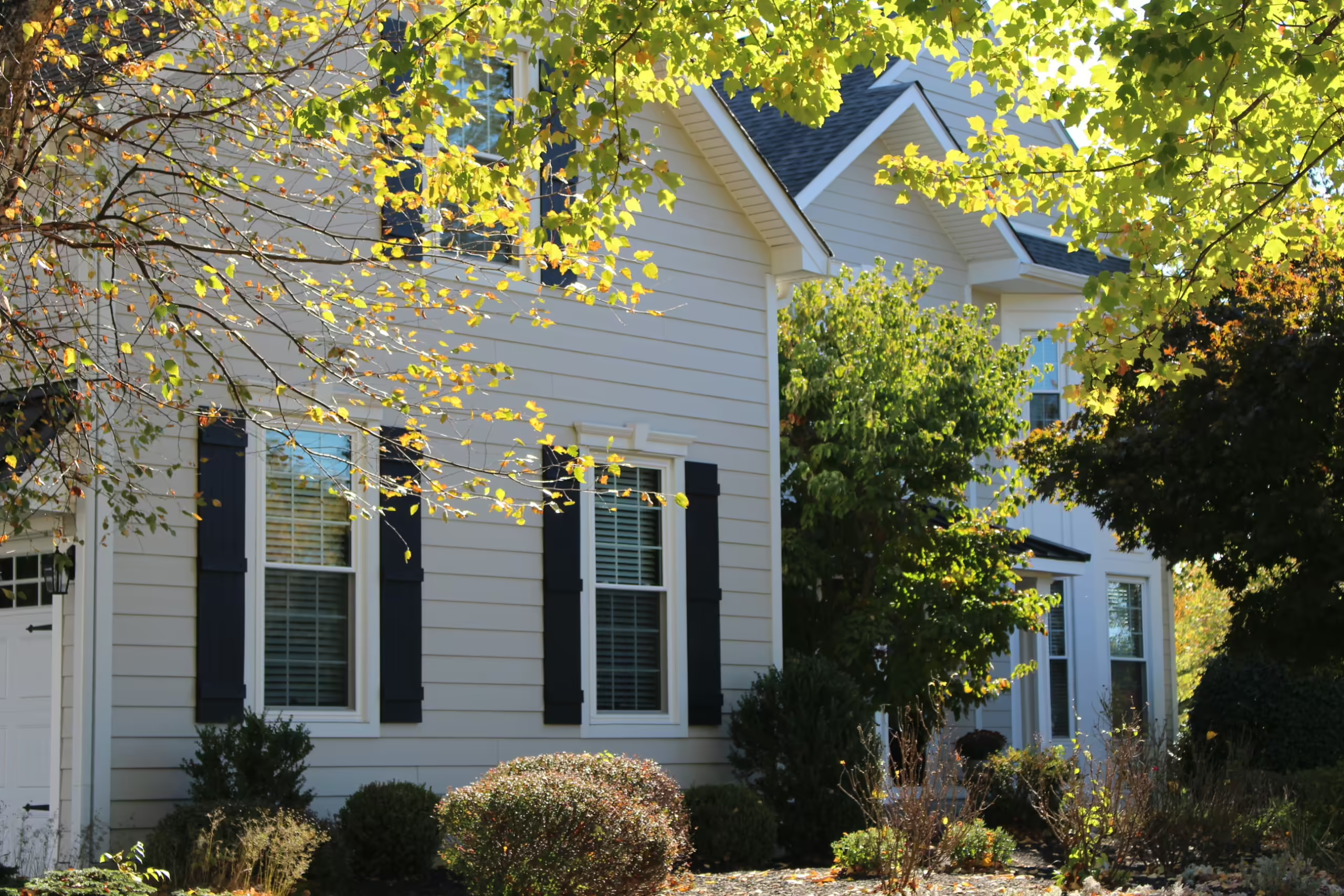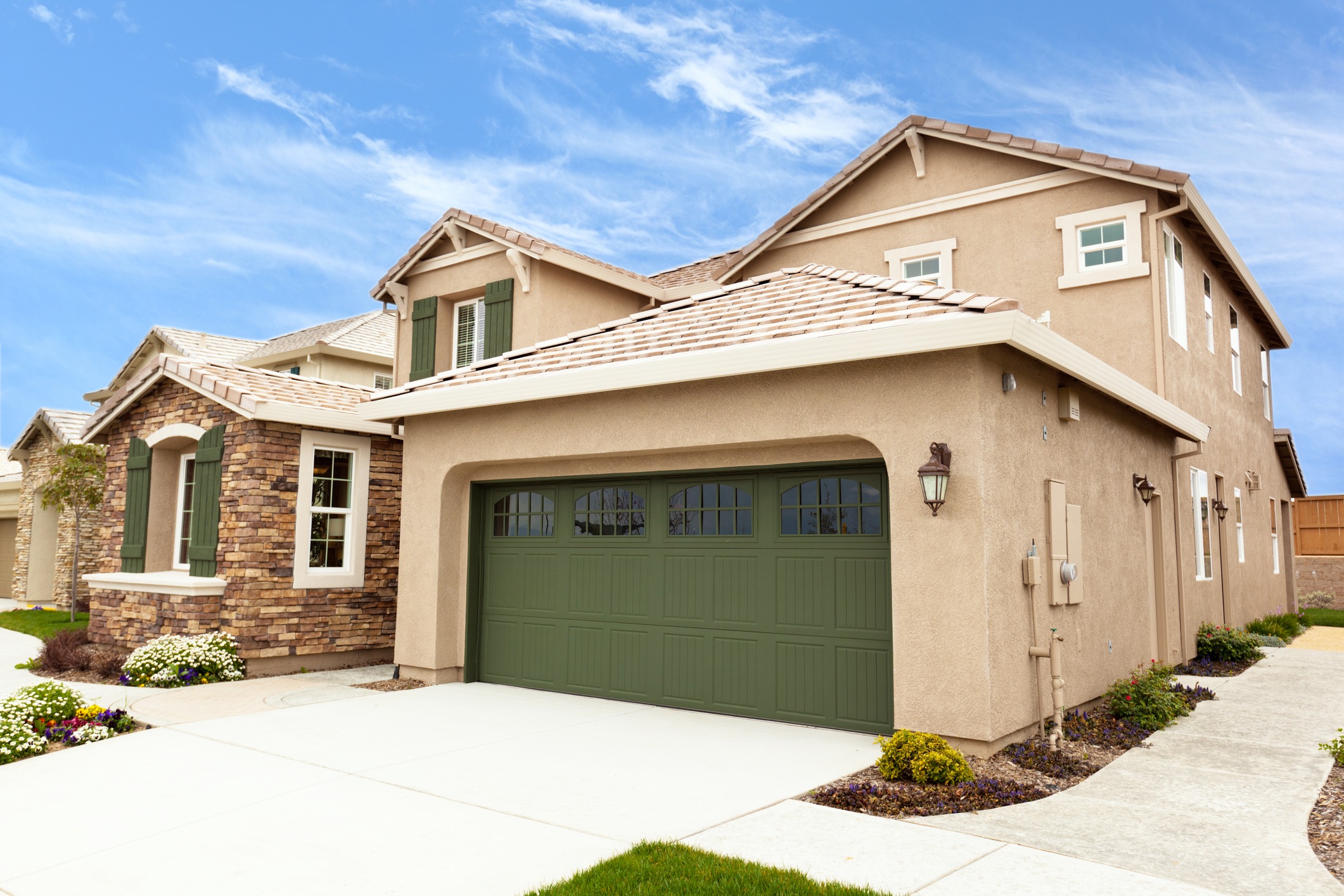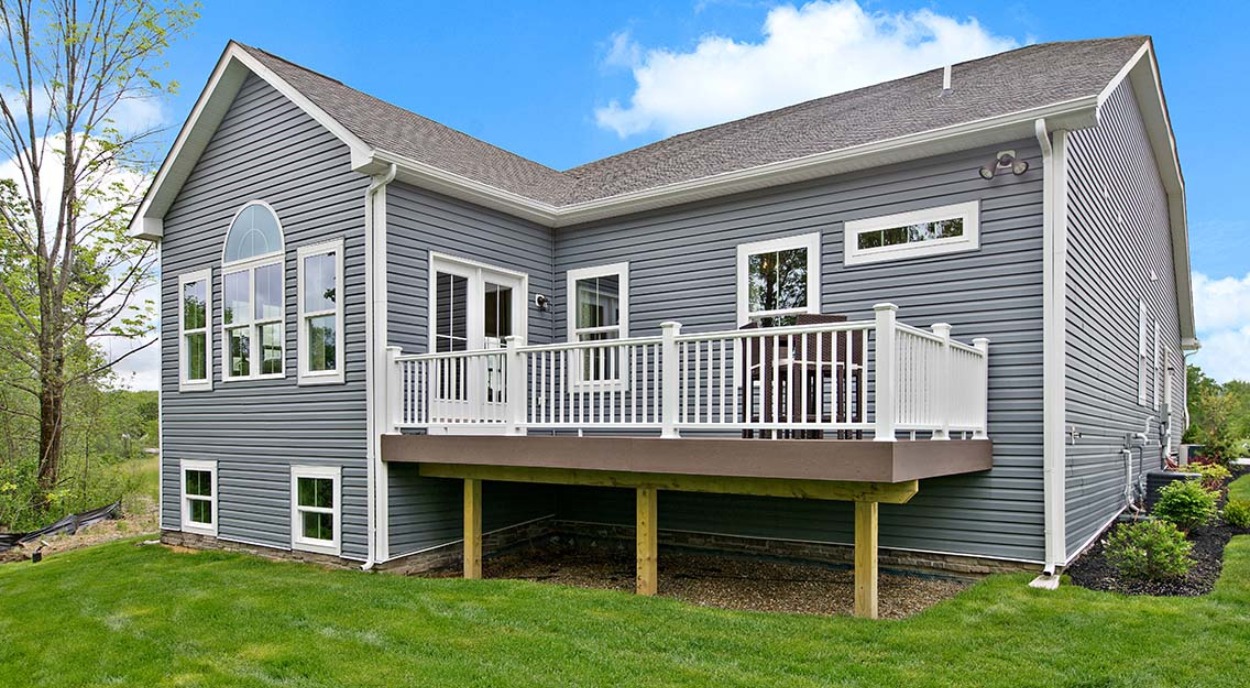Your siding plays an important role in your home’s aesthetics, energy efficiency, and protection against the elements. When looking for the best siding material, you’ll likely come across James Hardie’s fiber cement. Here we explain everything you need to know about James Hardie siding and why fiber cement makes it just about the best siding material out there.
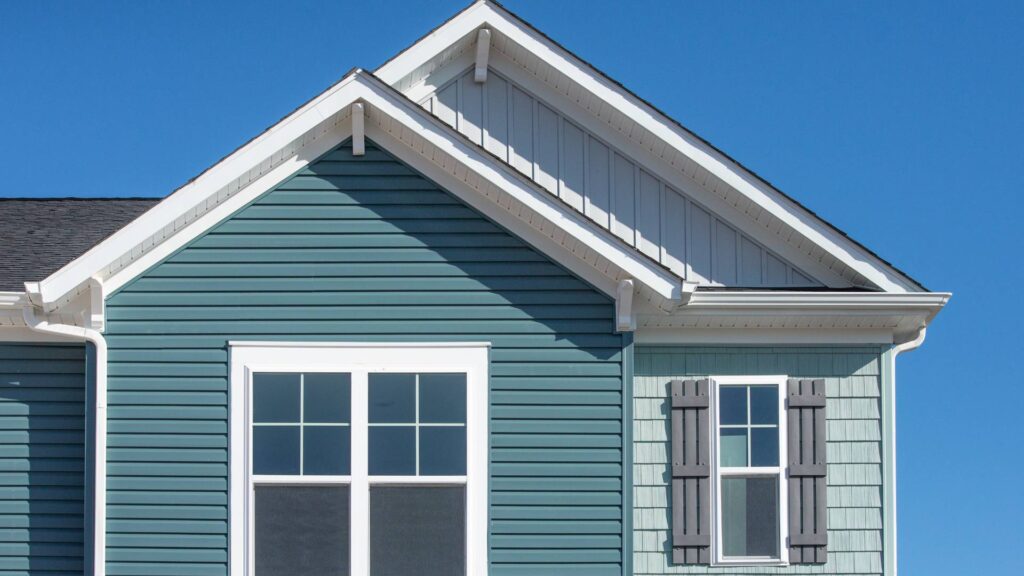
The Ultimate Guide to Home Siding
Answering Common Siding Questions
Check out this all-inclusive guide to home siding and find all the answers you need to common questions you and others have about replacement siding.
What is fiber cement siding made of?
Fiber cement is a mix of ingredients including:
- Portland cement
- Sand
- Water
- Cellulose fibers
Each manufacturer has its own mix and percentages of ingredients which means there will be variances in the appearance and performance of the fiber cement. What sets James Hardie apart is their formulation, as they use their own additives to enhance performance.
They test their products to withstand hurricanes, UV rays, snowstorms, and more with graded siding based on your location. The James Hardie company understands that changing seasons impacts materials, so they developed their patented HardieZone™ to ensure you have the right siding for your area.
The company studied the long-term effects of various climates to create its HardieZone system. As a result, you can choose your product based on the weather regions, whether you live somewhere prone to seasonal changes that increase the effects of wet, freezing conditions or somewhere where heat, humidity, and blistering sun are your major concern.
How does James Hardie fiber cement siding perform?
James Hardie fiber cement offers many siding performance advantages, including:
Non-combustible: This means the siding won’t ignite even when exposed to a direct flame, nor will it contribute fuel to a fire. While wood burns and vinyl melts, Hardie siding will not expose your home to the risks of spreading fire.
Withstand moisture and rot: Water is just as big a threat to your home’s integrity as fire but at a much slower speed. Water damage is gradual but relentless, causing issues including:
- Swelling and cracking
- Loose paint
- Mold and algae growth
As a bonus, James Hardie’s fiber cement is low maintenance and does not require constant repainting to keep it water-resistant.
- Engineered for your specific climate: As mentioned, the HardieZone System protects your home against your specific climate’s risks.
- Unappealing to pests: Local wildlife and pests can cause severe damage to wood or wood-composite siding including birds and insects. However, Hardie siding is designed to withstand all that Mother Nature can throw at it, including creatures great and small.
Is fiber cement easy to maintain?
Yes, fiber cement siding is low maintenance, making it the perfect choice for your exterior cladding. Although your location can impact fiber cement, with James Hardie’s climate-appropriate choices, you reduce the risk of requiring additional maintenance.
Alsol, James Hardie’s prefinished products use ColorPlus Technology, which means they are resistant to common issues that call for repainting such as fading, chipping, and cracking. Seasonal cleaning is easy with a soft brush and garden hose to keep your siding looking its best.
Does fiber cement add curb appeal?
Yes, fiber cement comes with several design options, allowing you to create the look you love. The textures include woodgrain, smooth, and stucco finishes, so you can create a highly customized look for your home for a unique look that adds value and curb appeal. You even have your choice of siding profiles, such as HardiePlank lap siding, HardiePanel® vertical siding, and HardieShingle siding.
You can complete the look with a variety of HardieTrim boards and HardieSoffit panels to match your siding and complement your home’s architecture and façade. Whether you want something classic, farmhouse chic, modern and edgy or traditional and timeless, James Hardie siding offers endless possibilities for a look all your own.
Is fiber cement worth the price?
James Hardie fiber cement siding can be more expensive than other types of siding but also helps save money in the long run in several ways, including:
- Reduced insurance due to its fire resistance and ability to stand up to local weather threats like hail
- Reduced replacement costs due to pest resistance
- Reduced costs related to upkeep, such as repainting
- Reduced costs related to overall replacement with a 30-year, non-prorated warranty for siding and a 15-year, non-prorated warranty for trim products
As you can see, fiber cement is a highly durable material that provides many advantages over other siding materials. When choosing siding for your home, James Hardie’s fiber cement is the logical option.
We are proud to be recognized as a James Hardie Elite Preferred installer, showcasing our commitment to using top-quality materials for your home. Learn more about Preferred Home Improvement’s James Hardie fiber cement siding installation!
